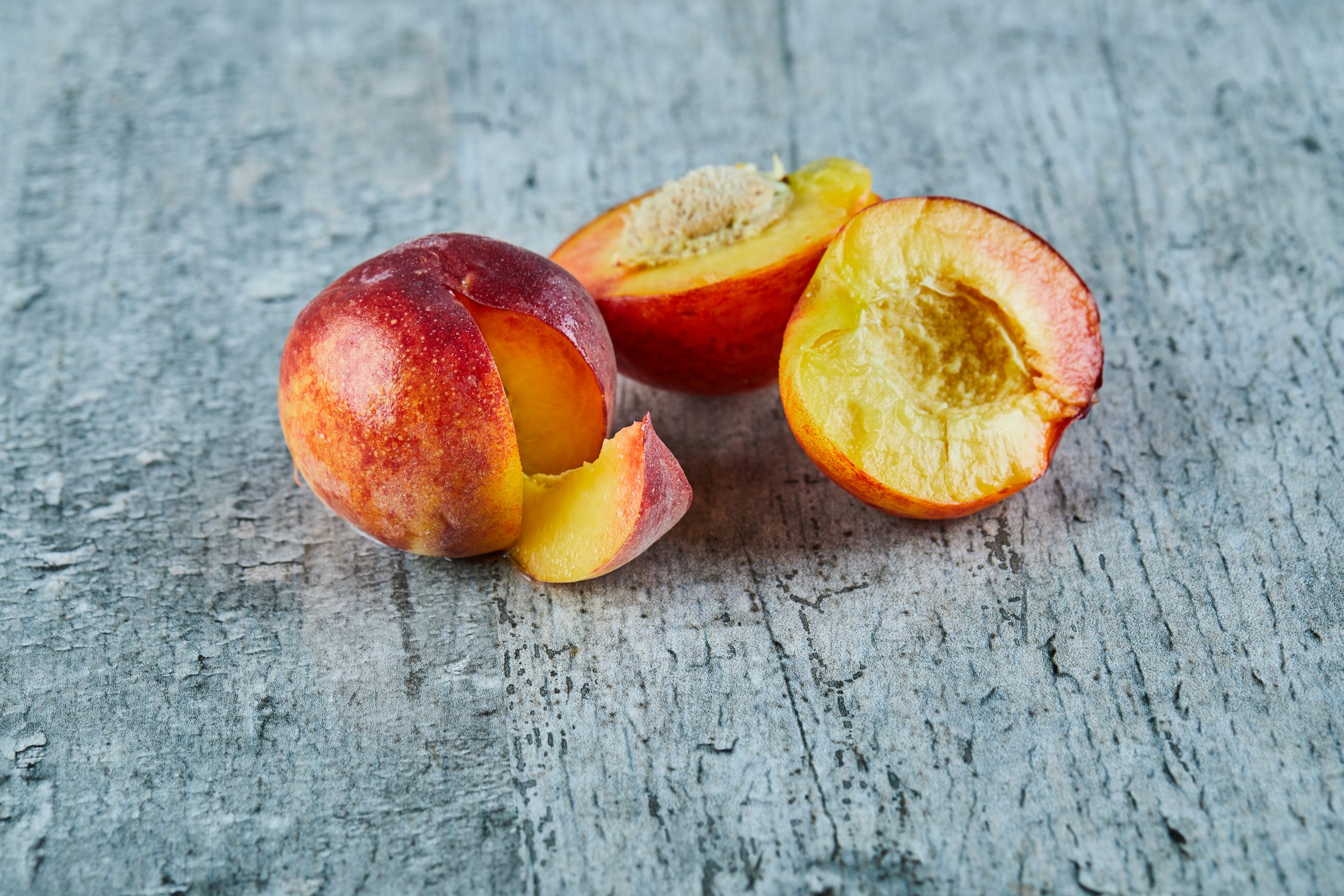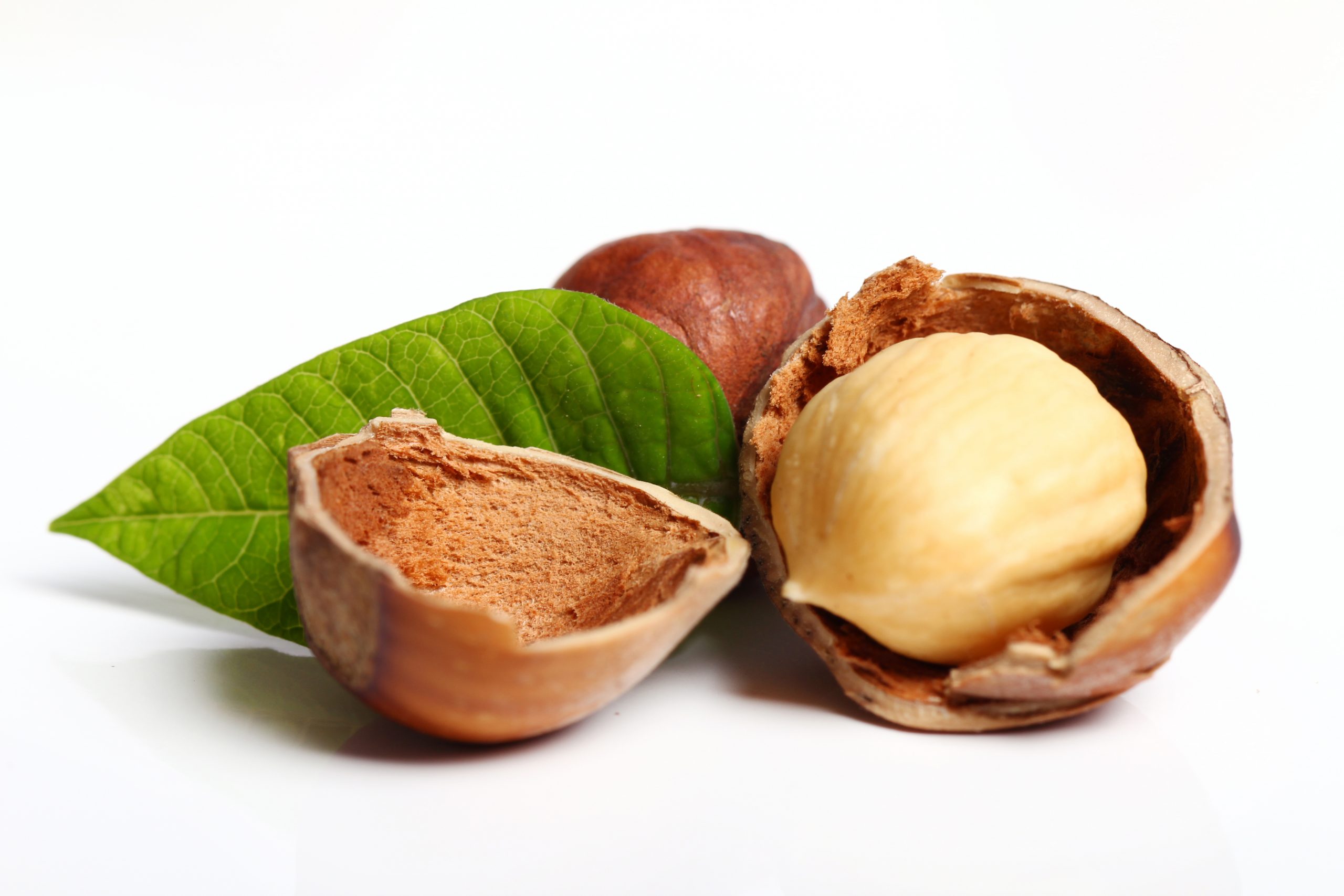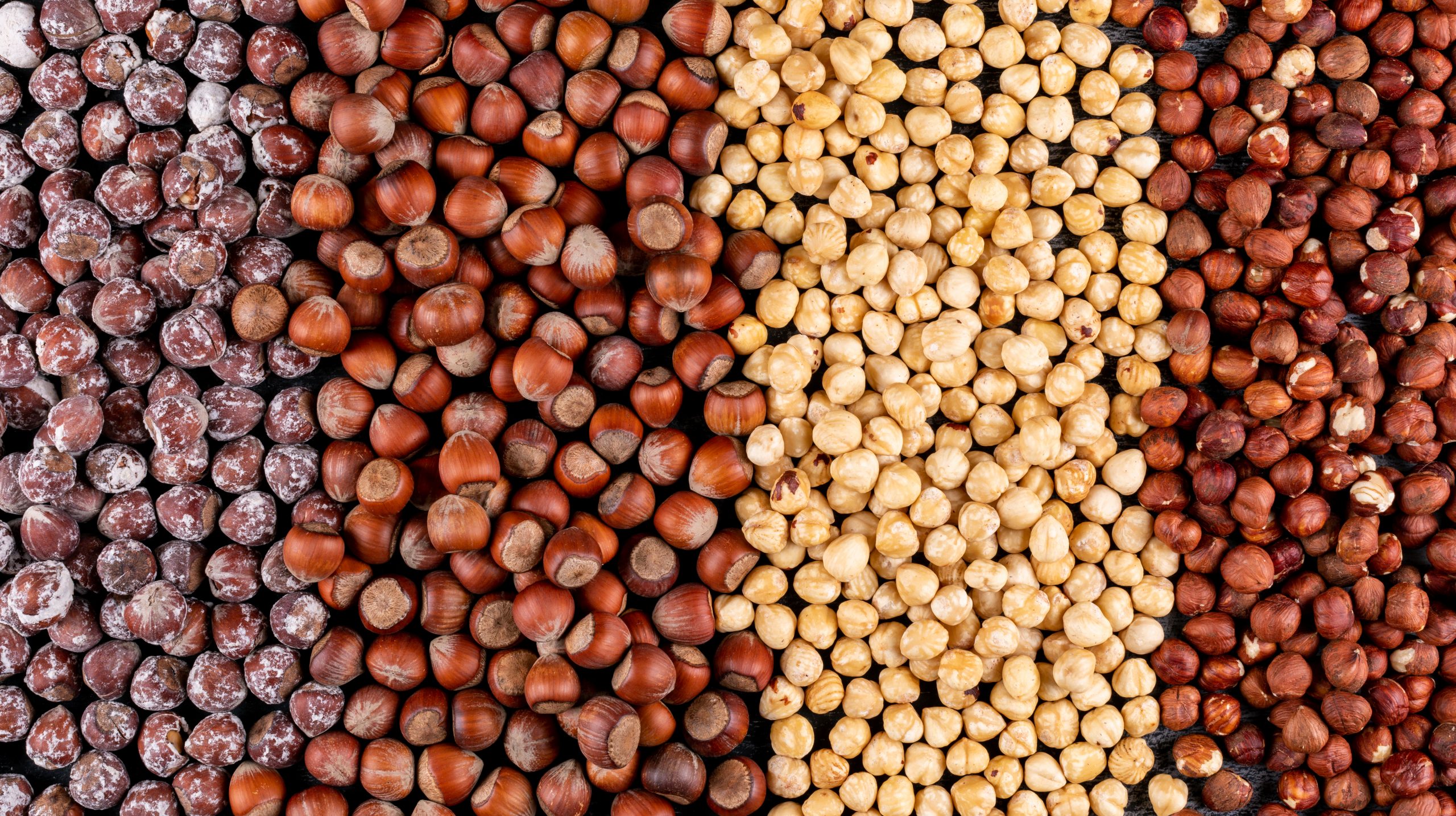Over the past few years, there has been an increasing interest in the development of alternative pest control strategies to reduce environmental impact. In this contest, exclusion nets have been evaluated as a sustainable alternative to pesticides. In this study, the use of a photoselective exclusion net was investigated in semi-field conditions as a potential strategy to protect nectarine orchards from different pests (i.e., fruit moths, Halyomorpha halys and Drosophila suzukii) in NW Italy. The presence and abundance of pest populations inside and outside the net, as well as the damage they caused on fruits, were evaluated. Moreover, any possible effects of the net on beneficial arthropods, postharvest rots and fruit quality and nutraceutical parameters were considered. The exclusion net significantly reduced pest populations. At harvest, fruit damage caused by Grapholita molesta and H. halys in netted plots was reduced up to 90% and to 78%, respectively, compared with insecticide-treated plots. The exclusion net allowed the production of healthier fruits with a strong reduction of insecticide treatments (up to seven less) and of their related costs without any negative impact on postharvest rots, neither fruit quality nor nutraceutical properties.


